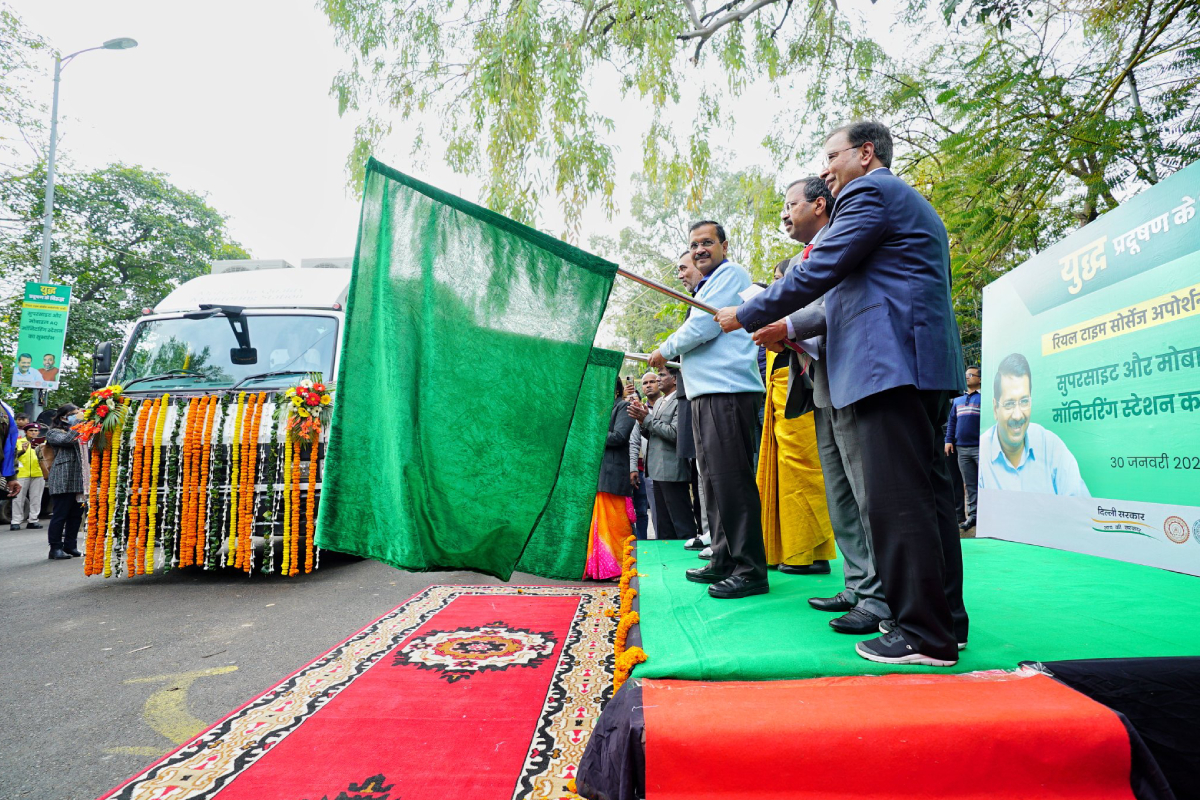In a major boost in its fight against pollution, Delhi became the first city in India to start Real-Time Source Apportionment of pollution.
Chief minister Arvind Kejriwal, on January 30, inaugurated a SuperSite and Mobile Air Quality Monitoring Station to identify pollution sources on a real-time basis.
“Now in Delhi, we will be able to determine pollution sources on an hourly basis and also forecast hourly data for the next 3 days. With this, we will come to know about the pollution caused by vehicles, industries and biomass burning in any area and will get help fighting it,” CM Kejriwal said during the inauguration.
Real-time pollution analysis shows that outer-state pollution accounts for one-third of Delhi’s pollution, while biomass accounts for one-fourth and vehicles account for 17-18 per cent.
Highlighting the effort of the Delhi government in its fight against pollution, CM Kejriwal said, “Delhi government launched an EV policy to reduce pollution, bought thousands of new e-buses, increased green cover to 23.6 per cent, ran ‘Red Light on Gaadi Off’ campaign.”
“Due to the steps taken by the Delhi Government to reduce pollution in Delhi, pollution levels were the lowest this year as compared to the last 5 years,” he said.
The project has been started by the Delhi Pollution Control Committee in collaboration with IIT Kanpur, IIT Delhi and The Energy and Resources Institute (TERI).
Environment Minister Gopal Rai was also present on the occasion, along with Environment Advisor Reena Gupta and other concerned senior officials of the government.
“Today we will be launching one such van, but once this stabilises and the data from this van comes in, we will launch several other such vans that can provide us data from the different wards of Delhi,” CM Kejriwal said.
“We will also use these vans to study the source of pollution in hotspot areas and once the data comes in, it will tell us about the main source of pollution and then we will take action on the data,” he said.

